Why Dog Pee Is a Carpet’s Worst Enemy
Accidents happen, especially if you’re house training a puppy or caring for an older dog. But when dog pee hits the carpet, it can be more than just an annoying inconvenience. Urine doesn’t just leave behind an unpleasant odor—it can seep into the carpet fibers and padding, creating a breeding ground for bacteria. If not treated promptly and thoroughly, the stain can set in, causing long-term damage and lingering smells. In homes across Long Island, this is one of the most common pet-related complaints we hear at Dan’s Pet Care. Whether you're dealing with a fresh accident or an old spot, this guide will help you remove stains and odors effectively. For professional pet care advice and support, don’t hesitate to reach out to our team at Dan’s Pet Care.
1. Blot, Don’t Rub the Stain
When you first discover a urine spot, your immediate response is crucial. Use a clean, dry towel or paper towel to blot the area gently. Press down firmly to absorb as much liquid as possible, but do not rub. Rubbing spreads the stain and can push urine deeper into the carpet fibers and padding. The goal is to lift, not smear. Continue blotting until the towel comes away mostly dry. If the stain is older and already dried, use warm water to rehydrate the area before blotting. Keep a roll of white paper towels handy so you can monitor how much is being absorbed. This method won’t remove all of the urine, but it sets the stage for a deeper clean. Remember, quick action makes the biggest difference when saving your carpet from lasting damage.
Key tips:
Always blot, never scrub
Use white towels to monitor absorption
Start from the outside and work inward
2. Use an Enzymatic Cleaner
Enzymatic cleaners are one of the most effective tools for removing dog urine from carpet. These cleaners use natural enzymes to break down the proteins and bacteria in pet urine, eliminating odors at the source rather than just masking them. Look for products labeled “pet odor remover” or “enzymatic cleaner” specifically designed for carpets. After blotting, apply the cleaner generously to the affected area. Allow it to soak in for 10 to 15 minutes or follow the instructions on the label. Then blot again to remove excess moisture. Some products require a longer setting time to fully neutralize odors. Avoid using steam cleaners or ammonia-based products, as these can set the stain or worsen the smell. For stubborn stains, you may need to repeat the process. Enzymatic cleaners are safe, non-toxic, and a must-have in any pet-friendly home.
3. Try a Vinegar and Baking Soda Mix
If you don’t have an enzymatic cleaner on hand, a DIY mix of white vinegar and baking soda can work wonders. First, mix one part white vinegar with one part warm water and pour it over the stained area. Vinegar neutralizes the ammonia in dog urine and helps remove the smell. Let it sit for 5 to 10 minutes. After that, blot up the moisture with a clean towel. Then sprinkle a generous amount of baking soda over the area. The baking soda will help absorb any remaining moisture and odors. Leave it to dry for several hours or overnight. Once fully dry, vacuum up the powder. This method is safe, budget-friendly, and effective for light stains. However, enzymatic cleaners are usually better for deep cleaning or recurring accidents. Still, this home remedy is a great go-to in a pinch.
4. Deep Clean with a Carpet Extractor
For recurring accidents or strong odors, a carpet extractor can provide a more thorough clean than blotting alone. These machines work by injecting water and cleaning solution into the carpet, then extracting the dirty water back out. You can rent one from most hardware stores or hire a professional service. Be sure to use a pet-safe cleaning formula and avoid over-wetting the carpet. Too much water can seep into the padding, making the odor worse. Move slowly over the stain and make multiple passes to extract as much moisture as possible. After cleaning, allow the area to air dry completely. You can speed up the process with fans or open windows. This method is especially helpful for older stains or homes with multiple pets. For local help, Dan’s Pet Care can connect Long Island homeowners with trusted cleaning services.
Benefits of using a carpet extractor:
Removes deep-set stains
Extracts moisture and odor
More effective for large or old accidents
5. Prevent Future Accidents
Cleaning is only half the battle—preventing future accidents is just as important. Start by identifying why your dog is peeing indoors. It could be a behavioral issue, a medical condition, or an inconsistent routine. Make sure your dog has regular potty breaks, especially after meals and play. Consider crate training or limiting access to carpeted areas while house training. Use positive reinforcement when your dog goes in the right spot. Clean any past accident areas thoroughly, as dogs tend to return to places they’ve marked. Use deterrent sprays if needed. For dogs with anxiety or age-related incontinence, speak to your vet about possible treatments. Regular walks and playtime are essential for a well-balanced dog.
If you need help managing your dog’s schedule, Dan’s Pet Care offers reliable walking and in-home services across Long Island.
Prevention checklist:
Stick to a consistent routine
Clean past stains thoroughly
Reward proper potty behavior
Additional Tips for Lingering Odors
If your carpet still smells after cleaning, it may be time to treat the padding or subfloor beneath. Some stains soak deep into the carpet layers, and basic surface cleaning won't reach them. In these cases, lifting the carpet and replacing the padding may be necessary. You can also use odor-absorbing products like activated charcoal or baking soda boxes in the area to reduce lingering smells. Carpet deodorizing powders can help mask odors temporarily but should not replace deep cleaning. Air purifiers also improve overall air quality. If all else fails, consult a professional cleaner who specializes in pet odor removal. In extreme cases, you may need to replace the carpet. To avoid future issues, consider using washable area rugs or pet pads in high-risk zones. Preventative strategies and regular maintenance can save your carpet in the long run.
When to Call a Professional
Sometimes, despite your best efforts, the stain or smell just won't go away. If you’ve tried multiple methods and still detect odors, it may be time to call in a professional. Certified carpet cleaners have tools and products that penetrate deeper than household options. They can assess whether the damage is limited to the surface or if the padding and subfloor have been compromised. Professional help is especially useful for large areas, older stains, or homes with multiple pets. Be sure to choose a service experienced with pet odors. At Dan’s Pet Care, we can recommend trusted Long Island professionals who understand the challenges of living with pets.
It’s worth the investment to protect your home and create a cleaner, healthier environment for everyone. Don’t wait until the smell becomes unbearable. A pro can restore your carpet and your peace of mind.
Clean Carpets, Happy Home
Dog pee on your carpet is unpleasant, but it’s a manageable issue with the right tools and techniques. From blotting and enzymatic cleaners to carpet extractors and behavior tips, there are multiple ways to treat the problem and prevent it from happening again. The key is to act quickly and thoroughly. Long Island pet parents can count on Dan’s Pet Care for reliable support, whether you need help with training, daily routines, or finding the right cleaning resources. Keep your home fresh, your carpet clean, and your dog happy with proactive care and smart prevention.
If you’re struggling with recurring accidents or need expert advice, Dan’s Pet Care is just a call or click away.





